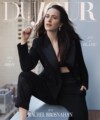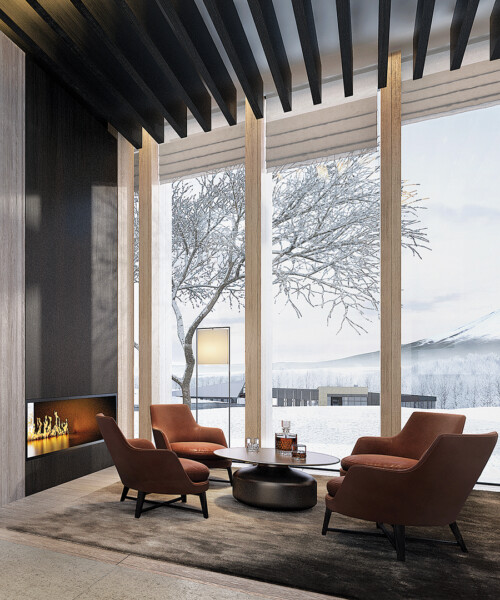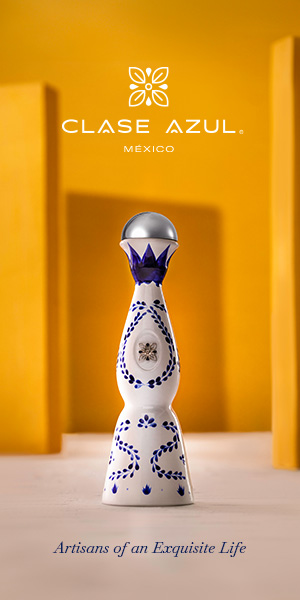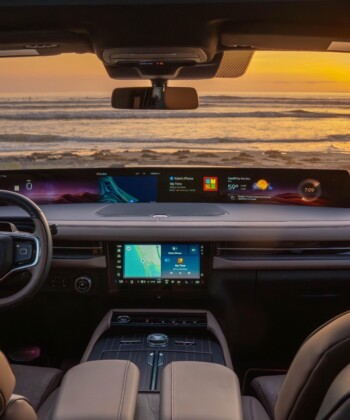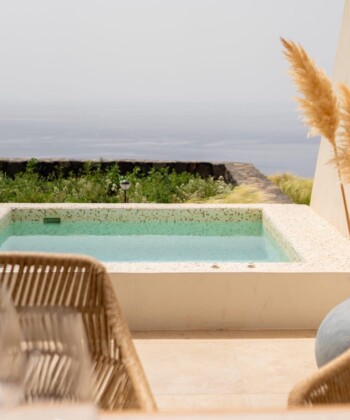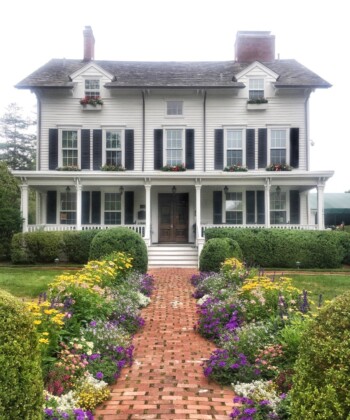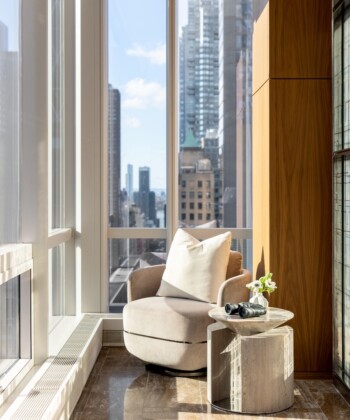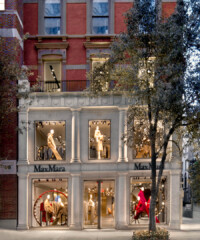Among the cognoscenti, the top foreign ski destination these days isn’t in the Alps; it’s in Asia. And when a ski resort bills itself as “The St. Moritz of Japan,” it has a lot to live up to. Niseko, on the northern island of Hokkaido, delivers on the hype. The name Niseko, which is used collectively to refer to six interconnected ski mountains, is derived from the language of the ancient Ainu people, who populated Hokkaido and whose culture is distinct from what we think of as traditionally Japanese, making a trip there a unique experience, even for natives of Tokyo or Kyoto.
And then there are the ski conditions. Among the most ideal in the world, the area receives near-constant snow from December through April, thanks to winds from Siberia that pick up moisture over the Sea of Japan and dump waist-deep champagne powder when they hit the mountains. In fact, so exceptional is the skiing that friends who live year-round in Sun Valley, Idaho, and have visited all the world’s top ski destinations maintain that Niseko is their favorite. The resort’s main town, Hirafu, is still relatively compact and uncrowded, despite its popularity among savvy Australian and New Zealand powder hounds, who make up the bulk of the non-Asian visitors. They smile knowingly when anyone remarks on the superb snow and, more often than not, they follow it up with, “Yes, but let’s just keep that our little secret.” For hardcore adrenaline junkies, challenging back-country skiing can be found in spots like the popular forest route called Strawberry Fields, but you won’t get bored with the 61 runs and 12 terrain parks serviced by 38 gondolas and chairlifts on the four main peaks.

Park Hyatt Niseko Hanazono
The principal reason Niseko remains so unspoiled is that it isn’t easy to reach. An hour-and-a-half-long flight from Tokyo brings you to New Chitose Airport, near Sapporo, and then it’s a two-hour train or bus ride. (Renting a car is pointless, since you won’t use it once you get there.) A side trip to Sapporo, especially during the Snow Festival in February, is well worth the detour. And while Niseko is still relatively undeveloped, a new Park Hyatt opened last year in Hanazono, while luxurious slopeside condos like Suiboku, on the main drag of Hirafu, offer complete privacy with all the amenities of a five-star hotel.
Of course, any ski resort is measured as much by its off-piste activities as by the action on the mountain, and in that regard, Niseko also excels. The landscape is dominated by a dormant volcano called Mount Yotei, nicknamed “The Fuji of the North,” which provides a visually arresting backdrop for a day on the slopes (as well as another popular place for back-country thrills), but the geothermal activity in the area also means that the onsens, or hot springs, are among the best in Japan. We recommend the century-old Konbu.

Mt. Yotei
One of the area’s most fascinating cultural attractions is Somoza, a museum, gallery, café and tea house inside a kominka, or farmhouse, that was disassembled and rebuilt on a cliff overlooking a picturesque stream and pristine forest. It’s like stepping straight into a Hokusai painting, and the gallery showcases both the work of local artists and numerous priceless Ainu artifacts. For a more unusual winter activity, try snow rafting, in which a rubber raft is towed behind a snowmobile, providing a chance to take in the astonishingly beautiful countryside. Horseback riding through the frozen scenery offers a less sedentary alternative.
Another big draw in Hokkaido is its regional cuisine, which is unlike the rest of Japan’s. Signature dishes include jingisukan (a corruption of “Genghis Khan”), a mutton dish prepared on a metal grill at the center of the table, and soup curry, which riginated in Sapporo and offers a uniquely Japanese take on the spice blend. Because of the prevalence of cattle farming in Hokkaido, beef and dairy products are more of a mainstay than elsewhere in Japan, with delicious artisanal cheeses and ice cream to be found. Because Niseko is so close to the ocean, the seafood is equally top-notch. Nothing is more soul-satisfying after a day on the slopes than a spicy crab ramen washed down with an ice-cold pint of Sapporo. The options for pizza and burgers are numerous, as well, but more demanding diners will want to try such award-winning restaurants as Yo, Sessa and the Michelin-starred Kamimura. And ever since the late Anthony Bourdain featured chef Tatsuru Rai on No Reservations, a dinner reservation at his Rakuichi has been hard to come by, but the soba noodles are worth the effort.
Despite its diminutive size, Hirafu offers some world-class nightlife, as well. Through a vintage red Coke vending machine door plastered with stickers, you’ll find Bar Gyu+, also known as “The Fridge.” The laidback speakeasy boasts an impressive collection of Japanese whiskeys, some of which cost upward of $200 a pop, as well as an inventive and unusual cocktail list. The Powder Room boasts a mouth-watering grill menu that includes items like famed local sea urchin and Iberico pork shoulder from Spain, all of which will make you think you’re in Shinjuku’s hippest hotspot rather than a tiny ski town 700 miles to the north.
Best of all: Niseko’s ski season is long, running from late November to early May, so if you plan correctly, you can spend a week shredding the slopes and then head south to catch the world-famous cherry blossoms. It’s not often that a ski vacation comes wrapped in such a culturally enriching package, and that’s just one of Niseko’s numerous charms. But let’s just keep that our little secret.





